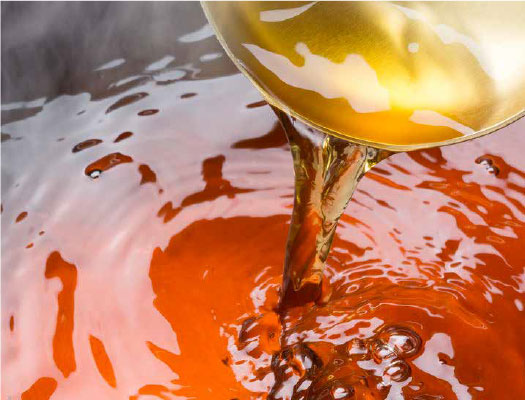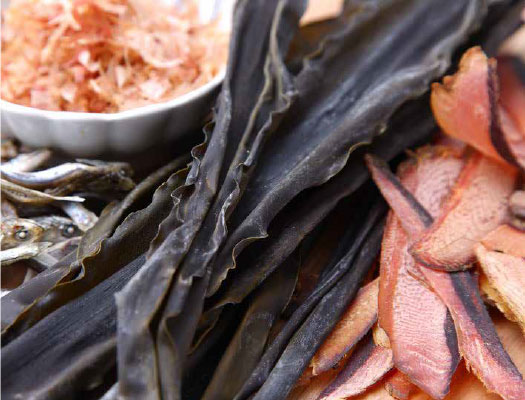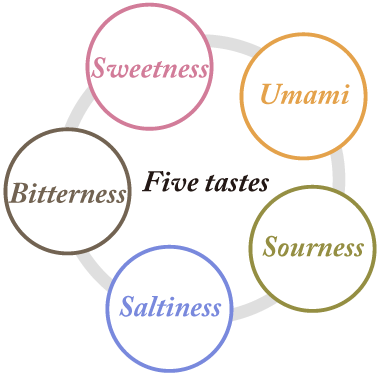
Umami was discovered by Japanese from kombu dashi (broth)
In Japan, kombu dashi has long been used for cooking. It was discovered through experience that the ingredients found in kombu have flavor. Dr. Kikunae Ikeda of Tokyo Imperial University (present University of Tokyo) focused on this and began research to identify the flavor of kombu dashi, and in 1908, he succeeded in extracting glutamic acid from kombu. It was found that glutamic acid is the main ingredient in kombu dashi, and the flavor was named "umami."
Component of "umami"
Glutamic acid, inosinic acid, and guanylic acid are examples of known umami substances. The combination of glutamic acid, which is an amino acid, and inosinic acid or guanylic acid, which are nucleic acid-type umami substances, is known to significantly enhance umami, over the use of umami substance alone. We see this as a "umami synergy."

Umami is not the same as deliciousness
The words "deliciousness" and "umami" are both often confused in use, but they are actually quite different.
"Deliciousness" is the sensation of eating, and this is affected not only by the taste itself but also by a number of factors such as smell and texture, the atmosphere of the place and your state of health.
On the other hand, umami is one of the five basic tastes (sweetness, sourness, saltiness, bitterness, and umami) and is an official name that refers to a taste all by itself.
Umami seasoning supplements umami, as well as affects the taste and flavor of other ingredients and seasonings, and it contributes to the deliciousness of dishes.




